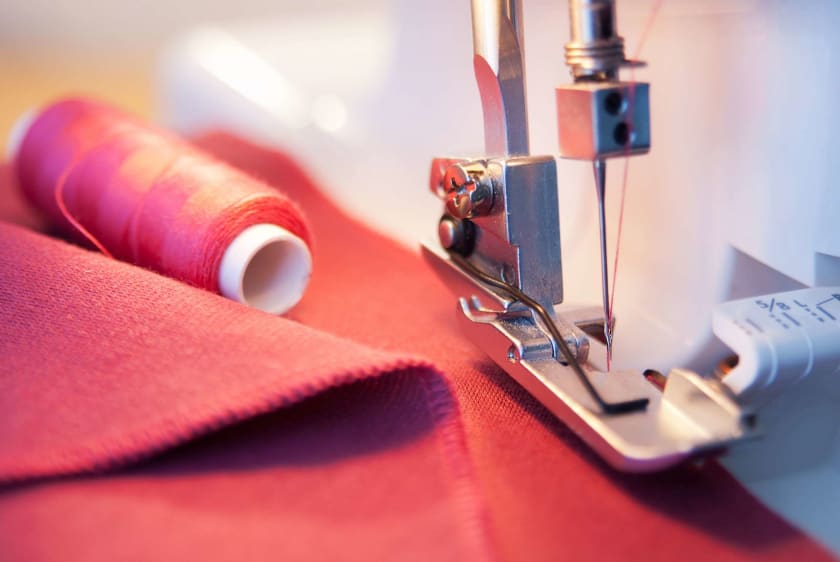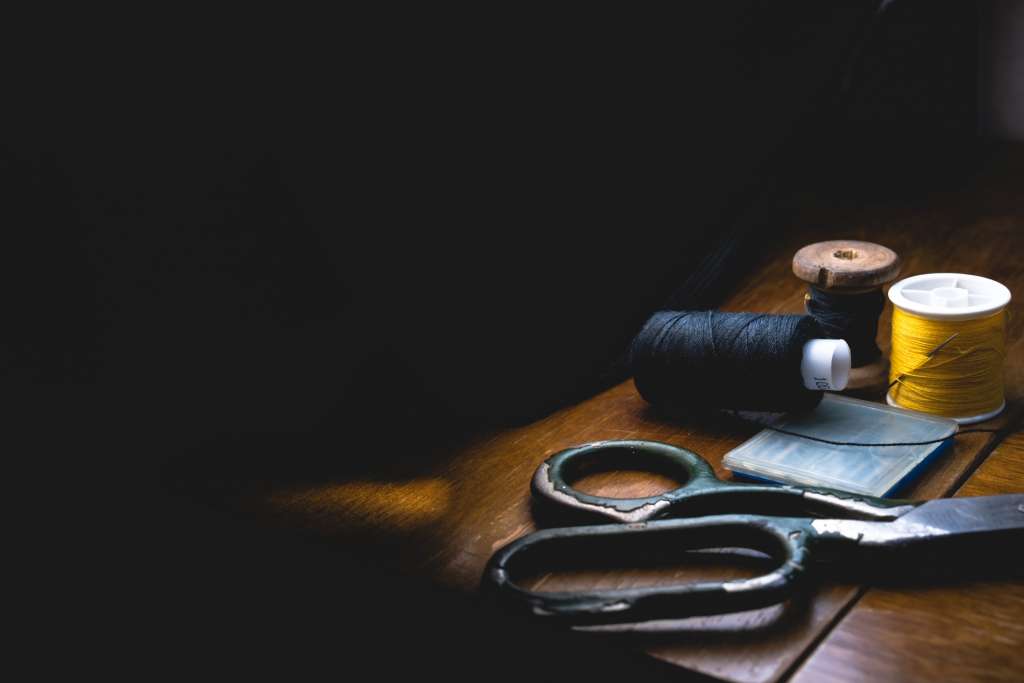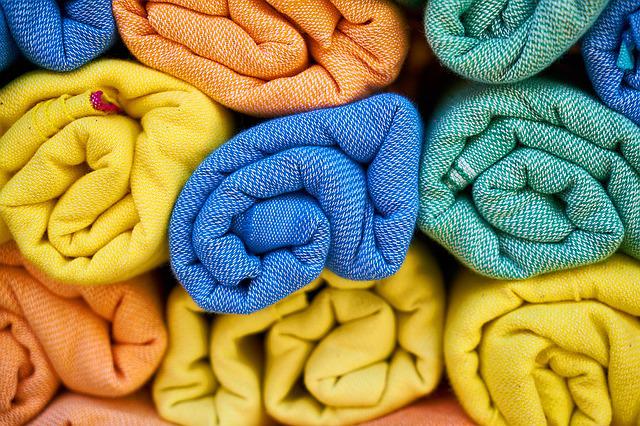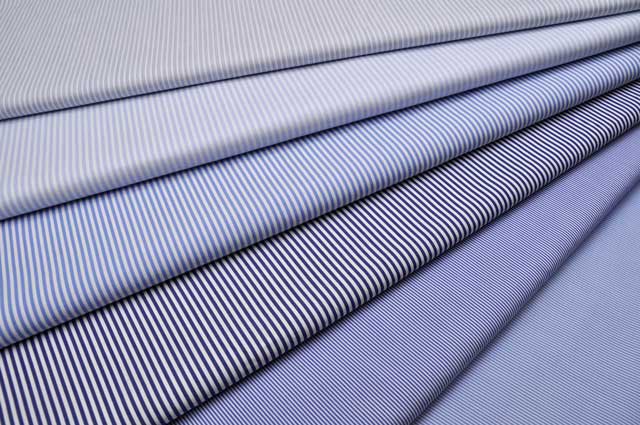How Designers and Clothing Manufacturers Collaborate on Clothing Lines



Apparel designers consistently try to introduce unique and fresh ideas into the fashion market. However, they need to successfully collaborate with clothing manufacturers to bring out impressive collections.
Apparel manufacturing is a complex process that needs flawless execution of all the steps involved. Even minor errors can result in huge losses for the companies. Preventing this requires a great working relationship between designers and clothing manufacturers.
The overall quality of the products depends on how designers and manufacturers interact and work together during all stages of production. Good communication between the two parties is essential in maintaining a long-term business relationship.
How Should Designers Work with Clothing Manufacturers?
Clothing lines often look for manufacturers who accept work on their terms and conditions. Selection criteria may include pricing, minimum order quantity (MOQ), delivery, and quality. Once the company signs a contract with the manufacturer, the apparel designers in the company communicate with them to get the process going.
Here are some strategies that designers can use while collaborating with manufacturers:
Identify the type of clothing manufacturer
The two basic types of clothing manufacturers are cut, make, trim (CMT) and full production package (FPP). Apparel designers must first understand the type of clothing manufacturers they are dealing with.
FPP manufacturers provide all the services a brand requires. They provide details on aspects such as the latest trends, pattern making, sample creation, and fabric sourcing.
However, CMT manufacturers need spec sheets, tech packs, trims and fabric, patterns, and information on sewing and construction techniques. In short, they handle most of the critical tasks by themselves.
Fashion brands that know how to get the work done by clothing manufacturers mostly work with CMT manufacturers. However, new clothing lines need the assistance of FPP manufacturers as their designers might not be well-equipped to handle the technical aspects by themselves.
Sharing Accurate Tech Packs
Before initiating sample production, the apparel designers provide tech packs and other supporting documents to clothing manufacturers. This will give the manufacturers information about the fabrics and trims required. Manufacturers will also get an idea about the resources required to get the output visualized by the designers.
Managing Payment Terms

Most clothing brands rely on apparel designers to monitor and oversee garment production. Therefore, designers usually handle tasks like comparing quotes from multiple clothing manufacturers, approving samples, and finalizing the deal with manufacturers.
They may also be responsible for creating a detailed agreement with the manufacturer. They must mention all their preferences in the contract to prevent any confusion later.
Handling Communication
Apparel designers need to communicate consistently with the manufacturers. Communication may include continuous updates and notifications, many of which are crucial for the project. It is therefore important to keep track of communication to ensure all involved parties are on the same page. Designers should ensure that communication is seamless.
Approving Samples
Apparel designers share the requisite information with the manufacturer and expect them to produce high-quality samples. Once the samples are approved, the manufacturer will go ahead with mass production.
Ideally, the manufacturers should be ready to revise their existing samples or design fresh samples until the designer is satisfied with the results. They must be prepared to work with new trims, fabrics, patterns, and sizes requested by the designers. However, apparel designers must communicate their expectations before commencing work.
While manufacturers may accept last-minute changes, frequent changes and deviations from the original design will hinder the production process. Therefore, the designers must have clear ideas about their designs in the initial stages.
Ensuring Timely Delivery
Clothing manufacturers are chosen based on their ability to fulfill bulk orders in relatively short periods. Designers must confirm whether the manufacturers have the required workforce and technology to execute the designs on a large scale.
Apparel designers need to ensure that the manufacturers don’t delay production. They must take an active interest in the production plan and get regular updates to ensure that the work is being carried out within the agreed time frame.
Tips for Clothing Manufacturers
Clothing manufacturers can utilize the below tips to meet the expectations of clothing lines and their designers:
Streamlining the Production
Clothing manufacturers must ensure that they have all the resources to manufacture the final product. It will help schedule each task and create a comprehensive production plan. The plan should include details about how the designs will be executed and delivered on time.
A significant chunk of the manufacturers' expenses goes into buying the fabric. Therefore, they should look for suppliers who can offer the materials at reasonable rates. If they cannot fulfill the requirement specified by the designers, they should be able to complete the same design with other fabrics. These alternatives should be communicated to the designers well ahead of time to avoid any last-minute hassles.
Ideating the Process
Clothing manufacturers should be ready to engage in brainstorming sessions with designers to set the production process. They can use the sketches and patterns suggested by designers and offer suggestions to improve the product.

Smart designers will appreciate recommendations from the manufacturers. However, these ideas need to be discussed before producing the first sample.
Collaborating Extensively with Designers
Clothing manufacturers must prepare for bulk production once the apparel designer approves a sample. They must collaborate extensively with designers to ensure everything is executed according to their plans. They can invite designers to check the quality and patterns to ensure everything is on the right track.
They must have tailors and experts at their disposal. They can also find staff who can work on designs based on the client's requirements. It will help them cope with last-minute changes and be more flexible.
Manufacturers must understand the target audience, marketing needs, and other strategies of the clothing line before introducing them to their ideas and designs.
Leveraging Tech-based Platforms
Both designers and manufacturers can leverage the benefits of tech-based platforms where everything from planning to designing and production to delivery is taken care of. Both parties can connect through these platforms to maintain regular communication.
If you are looking to simplify your apparel manufacturing process, Fashinza's tech-enabled manufacturing platform may be just what you need!
Fashinza's platform will reduce your workload with end-to-end production management. It will take care of all your production needs right from providing forecasting trends to managing vendors.

This tech-based ecosystem uses AI and data science to pair fashion brands with manufacturers. The platform also offers a fast and flexible supply chain. You can avail end-to-end production to merchandising support and the services of a dedicated customer success manager.
Apparel designers can use the platform to create custom designs and tech packs. Other interesting offerings include 45 days turnaround time for designs, real-time production tracking, digitized assembly lines, data-driven quality control and the option to request samples.


6 Tips To Optimize And Improve Your Manufacturing Process In the US
5 min read
6.0k views

How to buy the best Poplin clothes online?
5 min read
4.8k views

How To Source High-Quality Clothing For Your Clothing Line: A Blog Towards Helping People Get The Best Possible Clothes For Your Business
5 min read
5.8k views















